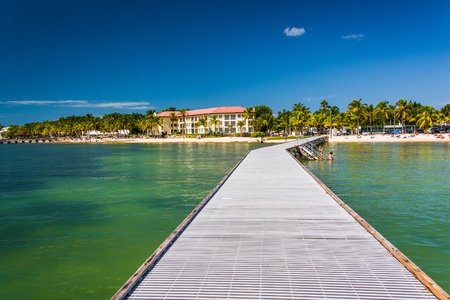Voluntary measures haven’t stopped algae blooms in Gulf of Mexico

As evidence mounts that Lake Erie faces a serious threat from ongoing algae blooms, Great Lakes research expert Don Scavia issues a cautionary tale from efforts to shrink the northern Gulf of Mexico marine dead zone.
For decades, high levels of nitrogen and phosphorus emptying into the gulf via the Mississippi River nurtured extensive algae blooms, spawning an area the size of Connecticut or larger with oxygen levels so low the water cannot sustain most marine life.
RELATED: Algae bloom, the sequel, spells big trouble for Lake Erie
Nearly 15 years ago, a task force representing five federal agencies, 12 states and Native American tribes set a goal to cut the size of the dead zone in the Gulf by two thirds by 2015. Scavia, an aquatic ecologist and director of the University of Michigan’s Graham Sustainability Institute, ran the science assessment for the White House office that informed the task force.
Among other measures, the task force recommended stepped-up voluntary efforts by landowners in the river’s watershed to establish vegetative barriers to streams and rivers to prevent storm water runoff and by farmers to adopt conservation measures and reduction of runoff from municipal sewage and stormwater systems responsible for “significant discharges” into the watershed.
But according to a 2014 report by the the National Oceanic and Atmospheric Administration, the five-year average size of the dead zone has remained about the same since 1994.
“Nothing has changed,” Scavia said. “Making recommendations like that is necessary but there have to be actions taken. That is the tough job.”
In February, the task force said it needed 20 more years to shrink the dead zone by two thirds.
Depending on conditions, the Gulf dead zone can stretch from the Mississippi Delta as far west as Galveston, Texas and extend 50 miles or more from the shore, posing a threat to the region's $700-million shrimp industry. Much like the principal actors in Lake Erie's algae blooms, the Gulf nutrient stream stems from farm runoff throughout the Midwest and sewer overflows from cities throughout the watershed.
If the size of the Gulf dead zone is to be reduced, Scavia advocates “more, and perhaps different best management practices” targeted at the areas that contribute the biggest agricultural runoff. He said that should include establishment of streamside buffers, increased use of wetlands as a filtering barrier, paying more farmers not to plant crops in sensitive areas and better fertilizer management plans.
“Short of success from that, it is time to start considering regulating agriculture,” he said, pointing to the federal order to six states that drain into the Chesapeake Bay to reduce all sources of pollution or face possible federal sanctions.
See what new members are saying about why they donated to Bridge Michigan:
- “In order for this information to be accurate and unbiased it must be underwritten by its readers, not by special interests.” - Larry S.
- “Not many other media sources report on the topics Bridge does.” - Susan B.
- “Your journalism is outstanding and rare these days.” - Mark S.
If you want to ensure the future of nonpartisan, nonprofit Michigan journalism, please become a member today. You, too, will be asked why you donated and maybe we'll feature your quote next time!
 Pier in the Gulf of Mexico in Key West, Florida. (courtesy photo)
Pier in the Gulf of Mexico in Key West, Florida. (courtesy photo) University of Michigan Great Lakes researcher Don Scavia: “There have to be actions taken. That is the tough job.” (Photo credit: University of Michigan)
University of Michigan Great Lakes researcher Don Scavia: “There have to be actions taken. That is the tough job.” (Photo credit: University of Michigan)